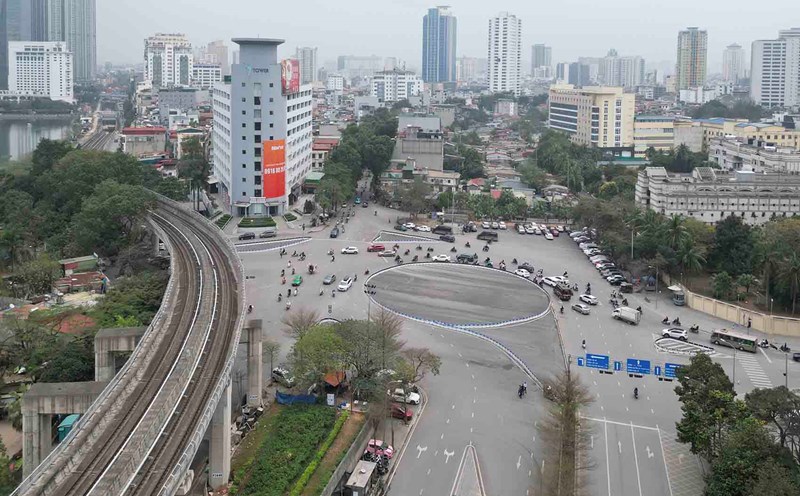On 1 June, British Defense Minister John Healey said the country plans to raise billions of pounds to strengthen its defense industry, in preparation for a possible conflict with Russia.
According to the plan, about 1.5 billion pounds (2 billion USD) will be allocated to build 6 new ammunition factories. The UK government will also spend around £6 billion to produce long-range weapons over the next five years, including Storm Shadow missiles - a type of missile jointly developed by the UK and France.
Mr. Healey affirmed that this move contributes to clarifying the UK's strong stance in both enhancing military capabilities and strengthening the defense industry foundation.
London's ambition to develop their defensive capabilities has also been clearly demonstrated before. On February 25, Prime Minister Keir Starmer announced that he would cut foreign development aid from 0.5% to 0.3% of GNI, in order to increase defense spending.
Mr. Starmer admitted that this decision required very difficult and painful options, while emphasizing that he was not happy to make the above announcement.
According to Prime Minister Starmer's plan, London plans to increase defense spending to 2.5% of GDP in April 2027, three years ahead of schedule.
The UK has spent 2.3% of GDP on defense in 2024. In the 2023-2024 financial year, this expenditure will amount to 53.9 billion pounds (68.2 billion USD), according to NATO statistics.
Meanwhile, data from the UK Parliament shows that the defence budget is expected to increase to £56.9 billion ($722 billion) in 2024-2025 and £59.8 billion ($75.7 billion) in 2025-2026.
Despite Starmer's promising statement, many experts still believe that adding 0.2% of GDP - equivalent to 13.4 billion pounds ($16.9 billion) per year from 2027 - will not create a significant impact on the UK's overall defense capabilities.
Many London defense officials have even expressed skepticism about the plan, saying the above budget is still not enough to rebuild and modernize the British army.










